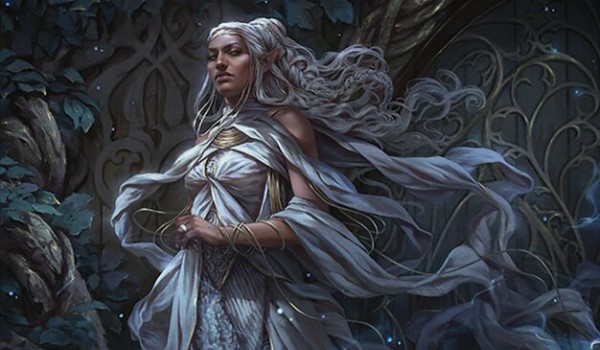Are you a Quiet Speculation member?
If not, now is a perfect time to join up! Our powerful tools, breaking-news analysis, and exclusive Discord channel will make sure you stay up to date and ahead of the curve.
The biggest criticism of Lord of the Rings Tales in Middle Earth (LTR) Limited is a lack of balance between colors. Black is clearly the strongest color, while green is the weakest. If we're taking the best card out of every pack, we're likely drawn to black more often than not. That's okay. In fact, some people advise forcing or "soft-forcing" black. Again, I think that's reasonable.
If I have one bad habit, and it's very possible that I have more than one bad habit, it is that I'm an optimist. When people complain about a format, I lean towards devil's advocate, perhaps a hair too much. But while I incessantly bring up the contrary opinion, I'm not aloof to the reality that every format has its issues. That said, I typically don't think they're as terrible as others often do.
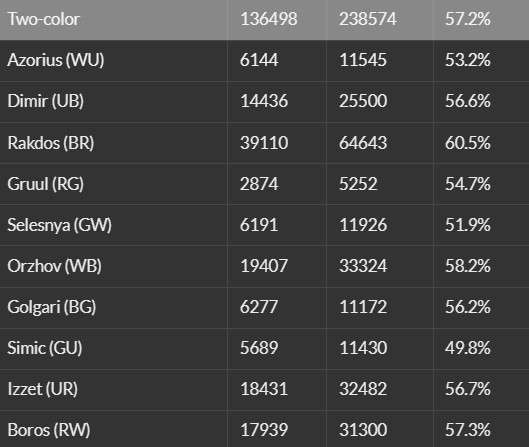
Black is the best color in this format. Green is the worst color in this format. You won't hear any disagreement here. However, I would suggest that what's more important than this distinction, is how this information helps us approach our picks with a plan.
Unlocking Keywords
Black is deep at common, and the color has the tools to support just about every plan. The most significant keywords in the format are amass and tempt and black has both stapled onto powerful cards. While it may seem like these keywords are everywhere, they're actually more sparse than you might think.
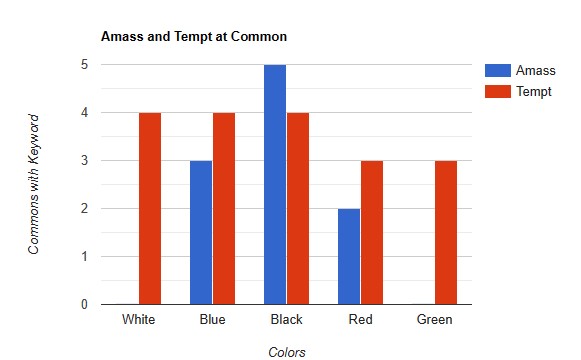
Whether we're looking to take advantage of tempt, amass, or a little bit of both, black provides the most access to those keywords. But it's not just the quantity of the keywords. Cards like Claim the Precious, Dunland Crebain, and Uruk-hai Berserker are very powerful cards, regardless of how much we care about the keywords. These cards can help us push our aggro plan, or support a slower grindier plan without much issue. Generally speaking, you just play them and good things happen.
One Color to Rule Them All
Conversely, cards like Bombadil's Song and Mirrormere Guardian are more situational. Not all decks, nor all board states call for a 4/2. A hexproof trick is nice, but when I'm trying to develop my Ring, I don't want to have to wait to play a protection spell. Black lets you tempt proactively or develop your amass cards with flexible high-powered cards. Black is good. You should lean into black in drafts. No one will fault you for doing so.
It’s Not Easy Being Green…
Green is not the color I want to be in this format. It's not deep, it's not generally powerful, but it does have tools. I present to you now, the good green commons:
The Good Green Commons
These cards are all great at helping us develop the various plans we may want to establish in the format. The other green commons might be decent pieces but aren't particularly valuable. This describes cards like Bag End Porter and Galadhrim Guide. They're fine, but they're filler. A lot of the cards are just not that good, especially when compared to what black gets to do with no work at all.
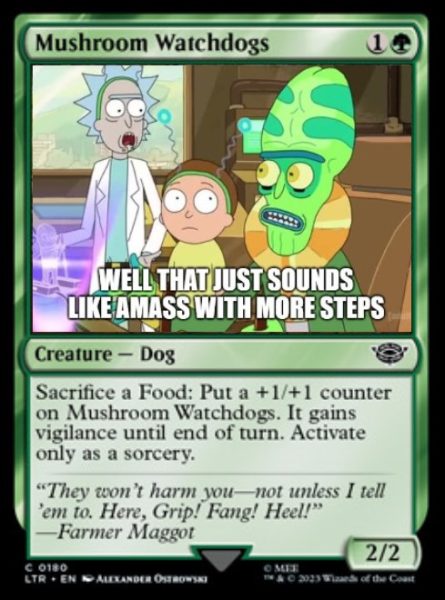
Individually, green cards are underpowered. The food synergies and scry synergies aren't strong enough to get there at the common level. In short, green needs a hero. Fortunately, there are quite a few in the format.
…But It’s Not Impossible
The cards that make me want to be green are uncommon and rare. When we talk about "having a plan" in LTR, we're often talking about build-arounds. If we first pick a card like Frodo Baggins or Elrond, Master of Healing we can build around their abilities and end up with something quite powerful.
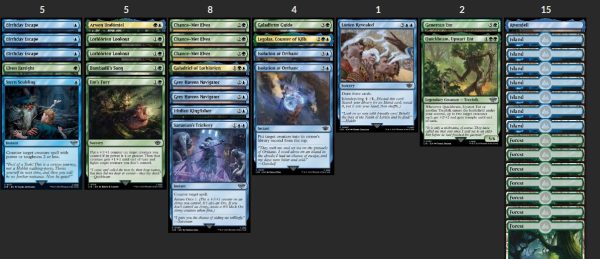
GU Scry (3-0)
In this draft, I gambled on a first-pick Galadriel of Lothlórien. Galadriel's best advantage was providing a clear direction from the first pick in the draft. Instead of just "selecting cards", we were on a clear path, building a streamlined deck, that netted advantages through scry and tempt while having engines that lead to wins.
Cards like Galadriel, Chance-Met Elves, and Arwen Undómiel created enough pressure to allow us to leverage our interaction. Our engine was powerful and difficult to match up with, and even though our interaction wasn't incredible, it was good enough to give us the edge we needed.
Disclaimer: Even in a deck like this Legolas, Counter of Kills was terrible. I thought it was bad, but wanted to try it. I'm honestly not sure what it's even supposed to do. GU is comically bad at actually killing creatures that it rarely gets the counter. I think it's probably correct to never play this card.
Plan vs Power
A lot of the gold cards in this format give us a pretty clear direction. Personally, that's how I want to start a draft.
On the other hand, if we're in the format's strongest archetype, RB, we're going to be fighting over our picks. This makes the power level closer, but it does not erase it. Often times the second or third black common will be as good as the top green common. So, we should be black more often than green. However, what we should not do is just collect black cards and hope a plan emerges.
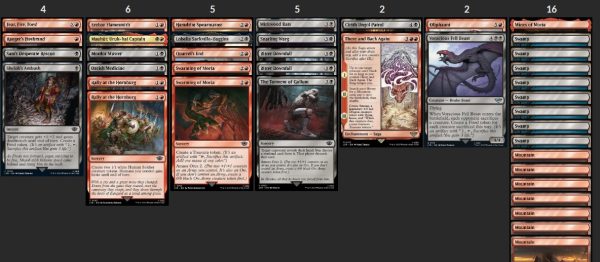
RB "Power over Plan" 1-2
Not really proud of this one. I started off by taking the extremely powerful Fear, Fire, Foes!, and continued taking red and black cards out of the sheer power level and a general sense of inertia. I'm sure in retrospect I could have navigated the draft better.
All the cards were exactly as good as the words printed on them. There's no synergy, but there's also no clear plan. Is this deck aggressive or grindy? Spell-based? Maybe it just needed more Mirkwood Bats, though that doesn't seem great.
Directions to Mordor
We always want to have a plan while deckbuilding and LTR offers multiple approaches. My inclination is to take a powerful synergistic gold card when they're available. I've had a lot of luck gambling on the upside of gold cards. Because a lot of the commons play towards these various synergies, be it scry, tempt, amass, humans, spell-based, token-based, etc. we can upgrade so much of our filler by snagging one of those build-arounds, and then trying to find a few more.
From there, it becomes something of a self-fulfilling prophecy. We build to support that card, and while our pod mates are searching for a plan, we're cutting them off from the cards that support ours. This doesn't mean we should ignore signs or cease to read the table. It does, however, offer a starting point besides forcing black. It's also the best possible way to get into green.
That said, we can always take a more flexible card that will fit well in almost any deck. More often than not, these cards are going to be black. So, if you need a tiebreaker, let that be it. However, don't be afraid to commit early to something that seems narrow. So many people are just collecting the black cards that you'd be surprised what you might find with a more explorative approach.


